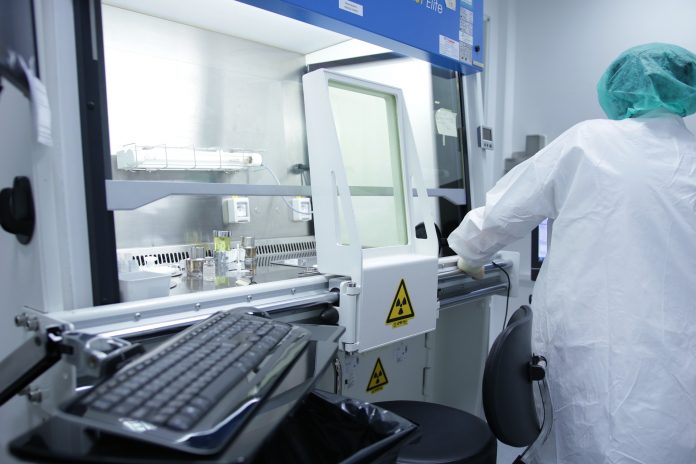
Scientists at the University of Leeds, UK, are looking at previously discarded chemical compounds to see if there is anything that could help develop new life-saving antibiotics to tackle antimicrobial resistance.
In the mid-20th century, the heyday of antibiotic development, many different chemical compounds were examined but only a small number were selected for development into drugs, but antimicrobial resistance to existing drugs has become increasingly prevalent.
As a result biological scientists and chemists at the University of Leeds are re-examining old compounds, to see if new drugs can be developed now that there are so many more advances in science and technology.
Paving the way for new life-saving drugs
Dr Alex O’Neill, from the Antimicrobial Research Centre at the university, said: “We’re showing the value of reviewing compounds previously put on the back of the shelf.
Amongst the 3,000 or so antibiotics discovered to date, only a handful have been brought into clinical use. There may be a wealth of compounds out there with untapped potential.
“At the moment, the bugs are outsmarting the scientists, and we can’t allow that to continue. By studying compounds which past research has shown already have antibacterial properties, there is scope for a potential fast-track through the challenging early stages of drug discovery. This approach could pave the way for life-saving new drugs.”
O’Neill’s work has been backed up by the UK’s Medical Research Council, with the head of infections and immunity describing it as ‘important’.
The potential for a new drug
The latest research from O’Neill found a compound from the 1940s that could now be a plausible contender as the basis for a new antibiotic drug.
There are a family of compounds, known as the actinorhodins which were originally identified as having weak antibiotic properties and was not taken further for development into a drug.
According to O’Neill, the scientists at the time did not fully differentiate the individual compounds when they examined, meaning a less precise picture of their properties.
O’Neill concluded: “A major challenge in tackling the problem of antibiotic resistance is to discover new drugs – our study shows that potentially useful drug candidates can be ‘discovered’ from amongst the antibiotics we already know about.
He concluded: “Our findings underscore the importance of revisiting unexploited antibiotics as a potential source of new antibiotic drug candidates. We now believe a comprehensive re-evaluation of such compounds is worthwhile, potentially offering new ways to protect against infections.”
Holding the key to tackling antimicrobial resistance
Dr Jonathan Pearce, head of infections and immunity at the Medical Research Council, added: “Until recently, no new antibiotics had been discovered for 25 years. Dr O’Neill’s research is important: it’s providing another way of looking for potential antibiotics and could hold the key to uncovering options that were overlooked before but may be incredibly useful now.”
























